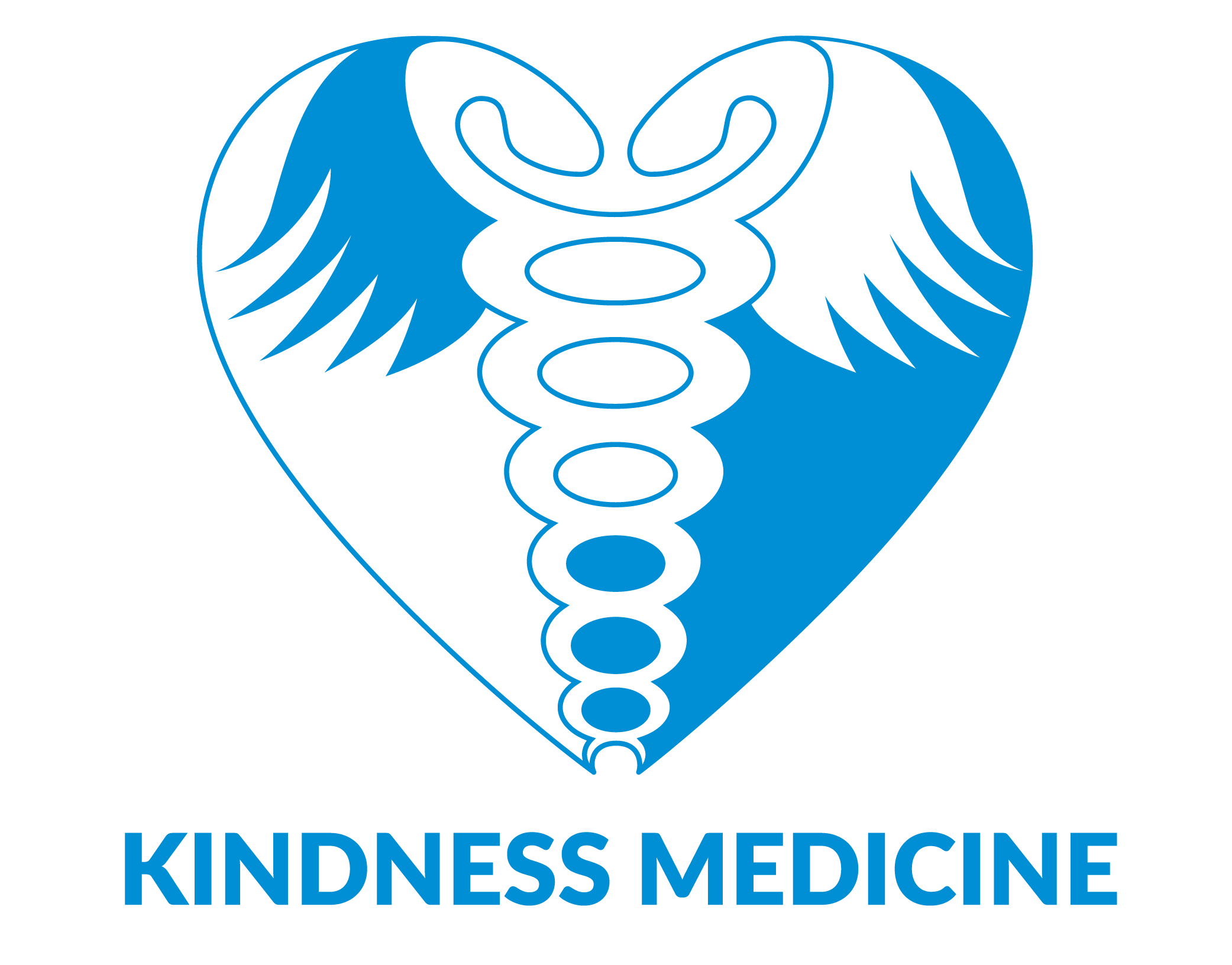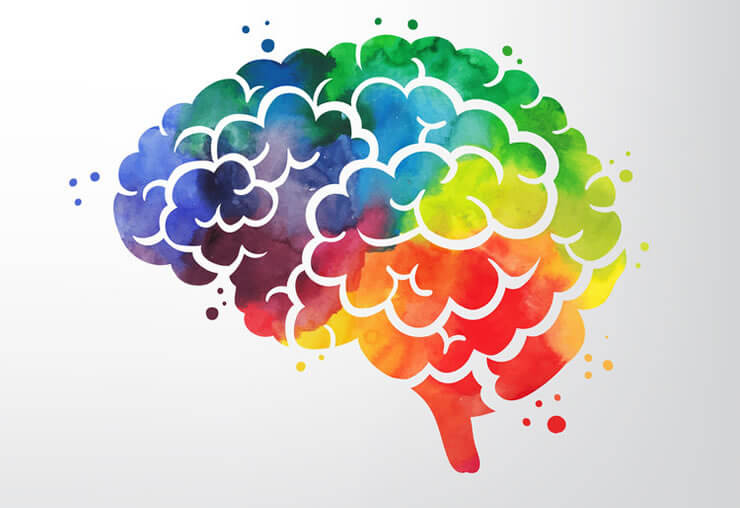If you struggle with mood problems, compulsive thoughts, recently had a stroke or dealing with dementia, you may be feeling powerless and may wonder “What is wrong with my brain?” Talk therapy is commonly used to work on healing underlying issues, but sometimes talk therapy isn’t the answer. This is where neurofeedback comes in. It is used to make changes in the brain needed to find relief and recovery.
In this article, you will learn what neurofeedback is and how it can help you. Oftentimes, people are intimidated by the scary word “neurofeedback”, but there is nothing to be scared of and it can help significantly. Learning to train your brain to heal in a non-invasive and pain-free manner is the way of the future.
What is Neurofeedback?
Neurofeedback, a form of biofeedback only in the brain. It is a non-drug, reward-based training system for your brain. Practitioners who treat their patients with neurofeedback use technology to read brain waves and give the brain direct feedback. This teaches the brain to regulate itself. The brain needs healthy fast- and slow-moving brainwave activity to function at its best.
It is a non-invasive, pain-free, and drug-free treatment for a wide range of mental and emotional problems. There are actually 7 different types of Neurofeedback. Check out this article from the Basic and Clinical Neuroscience to read about each. [1]
How does Neurofeedback Work?
Your brain produces electrical impulses as the cells communicate with one another. These brainwaves affect how we feel, think and act. When different areas of the brain are overactive or underactive, it creates discomfort & will negatively influence our behaviors, mood, and our ability to relax, think clearly and respond to life calmly.
Steps of Neurofeedback:
- Measure Brain Activity. The first step of neurofeedback training measures the activity in your brain. This is done with sensors attached to your scalp. The snapshot of your brain (QEEG or Quantitative Electroencephalograph), which gives professionals insight into what your brain is doing and the problems you are experiencing.
- Neurofeedback Training Program. Next step is taking what you learned to start the training program to improve the brainwaves. This means helping some areas of the brain calm down or wake up other parts of the brain. The neurofeedback training sessions can be quite relaxing and enjoyable. EEG sensors are used to monitor your brainwaves and a computer to send feedback back to you. There are different ways to receive this feedback. It may be playing a game, listening to music or watching a video. The stimuli (game music or video) will only operate smoothly when your brain waves are functioning within optimal range. This acts as a reward for your brain when your brainwaves fire at a rate that is not optimal. You’ll receive negative feedback (perhaps your movie will pause or the music may stop). This tells your brain that something is out of balance and it causes it to figure out how to return to the movie music or game.
What does Neurofeedback Help With?
Neurofeedback is useful in treating anxiety, depression, sleep problems, compulsive thinking, addictions, ADHD, dementia and other neurological issues resulting from strokes or seizures.
[1] Basic and Clinical Neuroscience. https://www.ncbi.nlm.nih.gov/pmc/articles/PMC4892319/#:~:text=Neurofeedback%20is%20a%20method%20that,audio%2C%20video%20or%20their%20combination..

